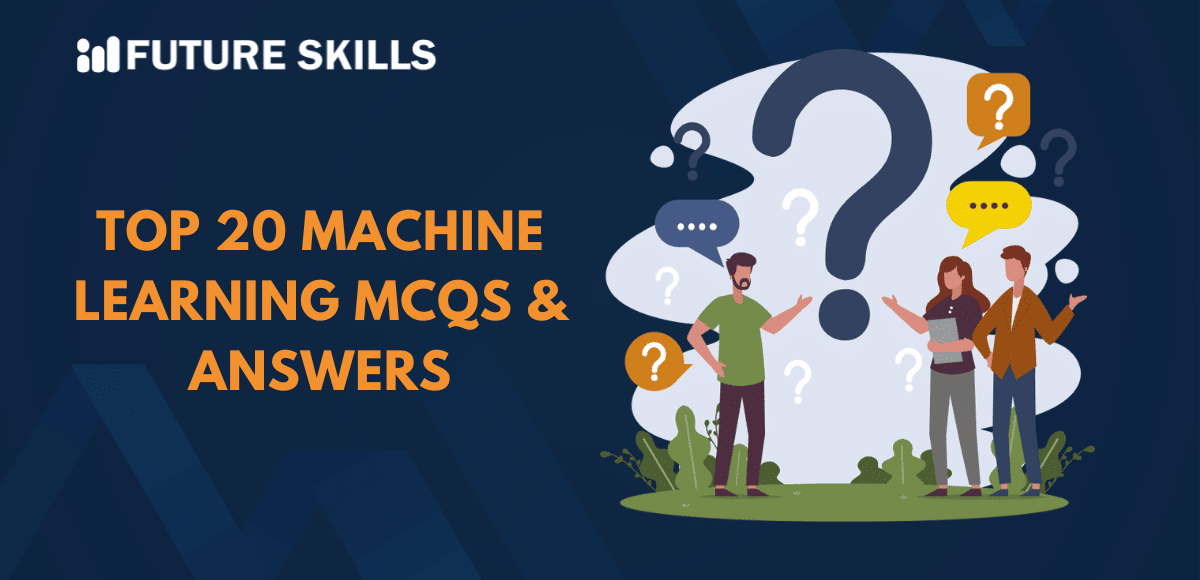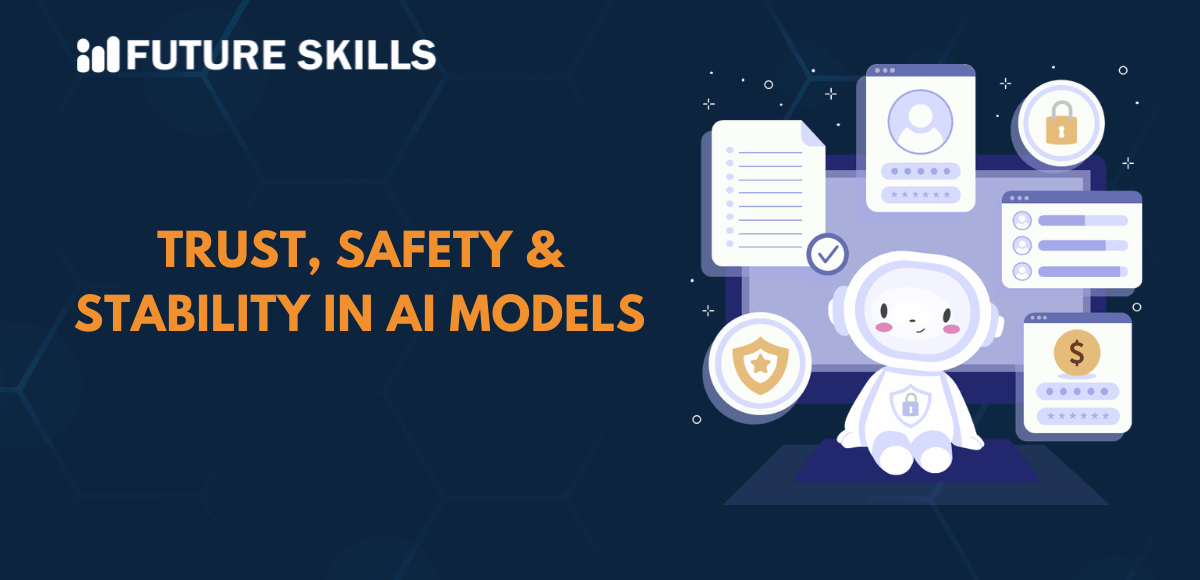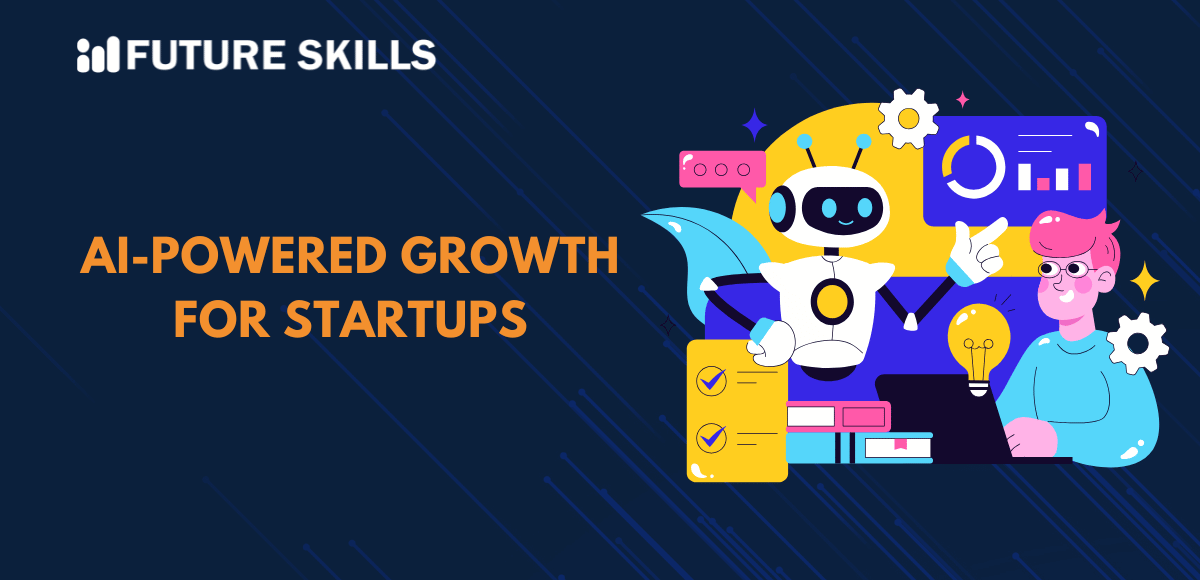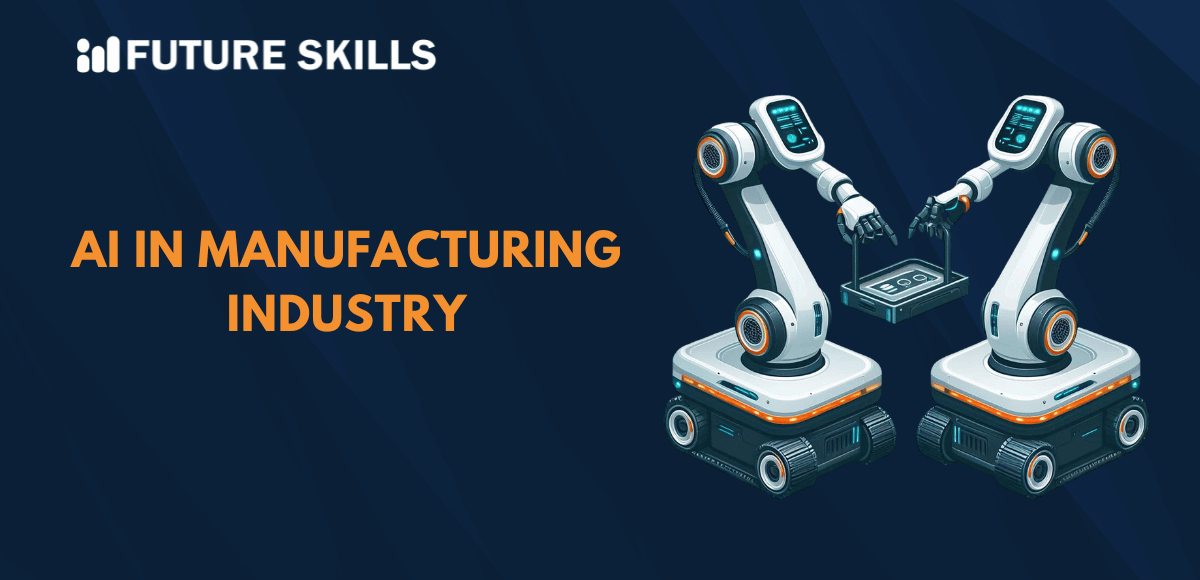Machine learning and artificial intelligence have emerged as the top career options with access to multiple avenues for professional growth. You might wonder about the quantitative aspects of the demand for ML experts and AI specialists. In the last four years, the demand for ML engineers has increased by 74% annually. Furthermore, the Future of Jobs Report by the World Economic Forum suggests that the demand for ML specialists will increase by 40%. ML engineers can earn an average annual salary of almost $110,000 along with other career benefits.
If you want to become a professional ML expert, then you must know the best machine learning questions and their solutions. You can also become an ML engineer by earning the required skills and proving your expertise. On top of it, you must have the confidence to answer any quiz question on machine learning in an instant. Let us learn some of the top MCQs on machine learning that you must know before attending interviews for machine learning jobs.
Explore the implications of supervised, unsupervised, and reinforcement learning in diverse real-world use cases with Machine Learning Essentials Course
Why Should You Learn Machine Learning MCQs?
Machine learning is probably the hottest technology in job markets worldwide, with new career options emerging every day. It is inevitable to turn towards the top machine learning MCQs as a means of preparation for the written tests. Most recruiters use multiple-choice questions to measure the skills and knowledge of candidates in the early stages. In addition, interviewers can also pose MCQs and ask the candidate to provide an explanation for choosing a specific answer. Therefore, learning the most important machine learning MCQs will give you an advantage in interviews by enhancing your expertise.
Best Machine Learning MCQs for You
The sheer variety of questions that you will come across in machine learning is unimaginable. Starting from the fundamentals to individual techniques, you can identify many MCQs as useful for your interview preparation. The following questions have been selected with meticulous efforts to help you understand the type of MCQs and how to answer them.
1. What is the primary goal of machine learning?
- Selectively learning information through computer programs
- Selectively learning information through manual programs
- Autonomous learning through computer programs
- Autonomous learning through manual programs
Answer: Machine learning primarily focuses on empowering machines or computers to learn from massive datasets through programs known as algorithms.
2. Which of the following is a use case of machine learning?
- Speech and face recognition.
- Sentiment analysis.
- Traffic prediction.
- All of the above
Answer: Machine learning use cases such as sentiment analysis, speech and face recognition, and traffic prediction leverage huge datasets to identify patterns and draw predictions that would be impossible for humans.
3. Why is deep learning useful for image recognition tasks?
- Deep learning needs lesser training data than other methods.
- Deep learning models can learn complex details independently.
- Deep learning models are faster and more efficient.
- You can explain deep learning model findings easily.
Answer: You will also find such interesting entries among machine learning multiple-choice questions and answers, which will test your knowledge beyond ML fundamentals. Deep learning models can learn complex details from datasets on their own, making them useful for image recognition.
Embark on a transformative journey into AI, unlocking career-boosting superpowers through our Certified AI Professional (CAIP)™ Certification program.
4. Which ML algorithm is the best choice for binary classification problem?
- Linear regression.
- K-nearest neighbors.
- Random forest.
- Decision trees.
Answer: Decision trees are the best choice for binary classification problems owing to their versatility and the need to divide the output into two groups.
5. Which of the following algorithms qualifies as unsupervised learning?
- Random forest.
- Linear regression.
- K-means clustering.
- Decision trees.
Answer: You can find such questions in a machine learning quiz with answers that may create confusion. K-means clustering is the best example of unsupervised learning, as it helps in clustering unlabeled data on the basis of similarities.
6. Which of the following algorithms does not qualify as supervised learning?
- SVM for classification programs.
- K-means.
- Naïve Bayes.
- Decision trees.
Answer: The answer is K-means, as the other three are popular examples of supervised learning algorithms.
7. What is the common evaluation metric for classification tasks in presence of class imbalance?
- F1-score.
- Mean Squared Error.
- R-squared.
- Accuracy.
Answer: F1-score is the common evaluation metric for classification tasks when you have class imbalance.
Build ChatGPT skills and take the first step to becoming superhuman with our free ChatGPT and AI Fundamental Course
8. Which ML algorithm replicates the human learning process?
- Reinforcement learning.
- Supervised learning.
- Deep learning.
- Unsupervised learning.
Answer: Reinforcement learning involves learning through human feedback to differentiate positive behavior from negative actions.
9. Which algorithm will you choose to solve regression problems?
- K-nearest neighbors.
- K-means clustering.
- Apriori algorithm.
- Random forest.
Answer: Random forest algorithms will serve as the best resource to deal with regression problems.
10. What is a model in machine learning?
- Representation of the data.
- Type of computer program.
- Physical machine for computations.
- Set of training data examples.
Answer: The best machine learning questions in an interview might also test your knowledge of the basics. Machine learning models are a representation of the data used for their training.
11. Why do you need a validation set in machine learning?
- Providing additional training data.
- Training the model.
- Testing the generalization of the model.
- Fine-tuning the model’s hyperparameters.
Answer: The primary objective of a validation set in machine learning revolves only around fine-tuning the hyperparameters of the model.
Enroll now in the AI for Business Course to understand the role and benefits of AI in business and the integration of AI in business.
12. Which of the following statements explains overfitting in machine learning?
- The model is extremely simple for capturing underlying patterns.
- The model performs exceptionally on training data but not on new data.
- The model performs exceptionally on new data but not on training data.
- The model aligns perfectly with the training data.
Answer: You can answer such entries in the top machine learning MCQs by using the definition of overfitting. Overfitting happens when the model performs well on the training data but not on new data.
13. How can you use the bias term in linear regression models?
- Shifting the regression line.
- Avoiding overfitting.
- Managing outliers.
- Modeling the noise in data.
Answer: The objective of the bias term in any linear regression model focuses on shifting the regression line down or up.
14. Choose one of the following algorithms to find frequent items in transaction databases.
- Support vector machines.
- Decision trees.
- Apriori algorithm.
- K-means clustering.
Answer: Apriori algorithms are the best choices to discover frequently occurring items in large transaction databases.
15. Which of the following is an example of a generative model in machine learning?
- Linear regression.
- Logistic regression.
- Naïve Bayes.
- Support vector machines.
Answer: The Naïve Bayes algorithm is an example of the generative model in machine learning, as the other options are discriminative models.
16. Which ML algorithm is useful for self-driving cars?
- Linear regression.
- Naïve Bayes.
- Logistic regression.
- Decision trees.
Answer: Linear regression algorithms are the best for self-driving cars as they can generate numerical values as output from the input.
17. Which elements are commonly found in candidate-elimination algorithms?
- Set of instances and candidate hypotheses.
- Depends on the dataset.
- Set of instances only.
- Set of candidate hypotheses only.
Answer: The set of instances and candidate hypotheses can be applied to the training data and provide an accurate description of the candidate-elimination algorithm.
Become a certified ChatGPT expert and learn how to utilize the potential of ChatGPT that will open new career paths for you. Enroll in Certified ChatGPT Professional (CCGP)™ Certification.
18. What do you call the layers between input and output in neural networks?
- Output layers.
- Input layers.
- Feature layers.
- Hidden layers.
Answer: The list of machine learning multiple choice questions and answers shows that the layers between the input and output layers in neural networks are hidden layers.
19. What is bias-variance tradeoff in machine learning?
- Trade-off between precision and recall.
- Trade-off between quality of training and test data.
- Trade-off between complexity and ability to generalize.
- Trade-off between number of features and size of dataset.
Answer: Bias-variance tradeoff is the trade-off between the complexity of an ML model and its capability for generalization.
20. How can you manage missing data in a dataset?
- Ignore the rows with missing data.
- Remove the entire column with missing data.
- Replace the missing data with median value in the column.
- All of the above.
Answer: You can manage missing data in a dataset by following all the options mentioned in the question.
Final Thoughts
The review of the most notable questions in a machine learning quiz with answers reveals how you can use them to your advantage. You can think of them as small chunks of information that are easy to digest and help you remember important concepts and techniques. For example, you can remember the machine learning algorithms and the tasks that will benefit the most from the algorithms. The multiple-choice questions also help you understand how interviewers may try to confuse you with different options. Learn more interview questions for machine learning jobs and prepare for a career in machine learning now.






